Suggested stocklists for the main spirits categories
Vodka-The biggest category in c-stores accounting for around 40% of spirits sales Leading brand: Smirnoff
Also consider: Glen's Vodka, own label, Absolut Sizes: 700ml (minimum two facings), 500ml, 350ml, 200ml
Blended whisky-The number two category, with a 28% share. Number one brand Bell's is in growth Leading brand: Bell's
Also consider: The Famous Grouse, Teachers, own label, Johnnie Walker Black Label
Sizes: 700ml, 350ml, 200ml
Brandy-An essential core category accounting for 8% of sales. Brandy is separate from cognac, which is a smaller category (2% of sales) and more seasonal
Leading brand: Three Barrels
Also consider: own label
Sizes: 700ml, 350ml
Leading cognac brands: Martell, Courvoisier
Gin-Similar in size to the brandy market, but generally attracts an older age profile
Leading brand: Gordon's
Also consider: own label
: 700ml, 350ml
Liqueurs and Specialities These products are usually seasonal, with for example Pimm's and Baileys strong at different times of year, but still account for more than 7% of annual sales
Cream Liqueur: Baileys
Other Liqueurs: Tia Maria
Specialities: Pimm's No 1, Archer's Peach Schnapps, Malibu
Also consider: Cointreau, Baileys flavours, José Cuervo
Rum-Rum breaks down into three styles: white, dark and golden/spiced. White and golden rum combined have a 3.7% share of spirits sales, and dark rum 1%. Golden rum is currently growing well in the off trade
Leading brands: Bacardi (white), Captain Morgan (dark), Morgan's Spiced (golden)
Also consider: own label
Sizes: 700ml for all three styles, plus 350ml Bacardi
Imported whiskey-Mainly consists of Irish and American whiskies. Southern Comfort is technically a speciality rather than a whiskey but consumers consider it part of the imported category so it should be merchandised alongside these brands
Leading brand: Jack Daniel's, which accounts for nearly 75% of sector sales
Also consider: Jameson Irish Whiskey, Southern Comfort
Sizes: 700ml, plus 350ml Jack Daniel's
Malt whisky Only has a small category share less than 1% in convenience, but is important due to brand loyalty, premium pricing and gifting at key times of year (Christmas, Father's Day etc)
Leading brands: Glenfiddich, Glenmorangie.
With so many spirits on the market it can be difficult to get your range right. Our guide is here to help youVodka-The biggest category in c-stores accounting for around 40% of spirits sales Leading brand: Smirnoff
Also consider: Glen's Vodka, own label, Absolut Sizes: 700ml (minimum two facings), 500ml, 350ml, 200ml
Blended whisky-The number two category, with a 28% share. Number one brand Bell's is in growth Leading brand: Bell's
Also consider: The Famous Grouse, Teachers, own label, Johnnie Walker Black Label
Sizes: 700ml, 350ml, 200ml
Brandy-An essential core category accounting for 8% of sales. Brandy is separate from cognac, which is a smaller category (2% of sales) and more seasonal
Leading brand: Three Barrels
Also consider: own label
Sizes: 700ml, 350ml
Leading cognac brands: Martell, Courvoisier
Gin-Similar in size to the brandy market, but generally attracts an older age profile
Leading brand: Gordon's
Also consider: own label
: 700ml, 350ml
Liqueurs and Specialities These products are usually seasonal, with for example Pimm's and Baileys strong at different times of year, but still account for more than 7% of annual sales
Cream Liqueur: Baileys
Other Liqueurs: Tia Maria
Specialities: Pimm's No 1, Archer's Peach Schnapps, Malibu
Also consider: Cointreau, Baileys flavours, José Cuervo
Rum-Rum breaks down into three styles: white, dark and golden/spiced. White and golden rum combined have a 3.7% share of spirits sales, and dark rum 1%. Golden rum is currently growing well in the off trade
Leading brands: Bacardi (white), Captain Morgan (dark), Morgan's Spiced (golden)
Also consider: own label
Sizes: 700ml for all three styles, plus 350ml Bacardi
Imported whiskey-Mainly consists of Irish and American whiskies. Southern Comfort is technically a speciality rather than a whiskey but consumers consider it part of the imported category so it should be merchandised alongside these brands
Leading brand: Jack Daniel's, which accounts for nearly 75% of sector sales
Also consider: Jameson Irish Whiskey, Southern Comfort
Sizes: 700ml, plus 350ml Jack Daniel's
Malt whisky Only has a small category share less than 1% in convenience, but is important due to brand loyalty, premium pricing and gifting at key times of year (Christmas, Father's Day etc)
Leading brands: Glenfiddich, Glenmorangie.
If you sell alcohol in your store, you'll know that spirits are a key product group.
In the neighbourhood retail trade, spirits account for a 21% share of alcohol sales, ranking behind only wine (34%) and beer (29%) in importance. What is more, the shoppers who choose to buy spirits in this sector are particularly high spenders.
According to the Convenience Tracking Programme from HIM research & consulting, spirits shoppers are the most valuable group to c-stores, with an average spend per visit of £15.26 more than 2.5 times the average. And, as 90% of spirits shoppers are looking for products to drink the same day and 40% within two hours it is vitally important to stock the right range and maintain availability of the most popular lines to avoid disappointing your customers.
We know that space is at a premium and that stockholding is tight in this category, so we have teamed up with Diageo, the UK's biggest spirits supplier, to bring you some expert advice on your optimum core spirits range.
The market
Vodka acounts for around 40% of spirits sales in local stores, with whisky the next largest sector at 28%. The sub-categories then run in order as follows: brandy (8%), liqueurs/specialities (7%), gin (7%), and rum (5%).
Vodka is proportionally much stronger in the neighbourhood retailing sector than elsewhere (accounting for about 40% of sales compared to 28% in the off trade as a whole), so it's a good idea to position vodka in the hot spot of your fixture to make it easy for customers to find.
While 700ml is the best-selling bottle size in local stores, making up 43.2% of sales, local shops enjoy a much higher proportion of sales in fractional sizes than occurs in the off trade as a whole. Half bottle (350ml) sizes account for 25.6% of sales, with 200ml packs a further 14%. One-litre sizes are less important for local stores than grocery multiples, but still account for 11% of sales.
The age profile of your customers can also affect the balance of sales generally speaking, vodka, brandy and imported whiskey appeal to younger drinkers, with gin and Scotch whisky more popular with older consumers.
About 20% of sales (by value) in the convenience sector are private label product, so a range of own-brand or price-fighting lines is a key part of the mix.
It's also worth remembering that innovation in spirits drives consumer spending. New launches have delivered £250m worth of sales in the licensed sector in the past two years, so shelf plans should ideally be flexible enough to make room for new products.
Source for all data is Nielsen unless otherwise stated.
30-minute makeover
Vodka and blended whisky account for two thirds of spirit sales in the local store sector, so make these the hot spots of your fixture with the best sellers at eye level
To cover most shopper needs, space should also be made for brandy, gin, rum (in three styles), imported whiskey, cognac, malt whisky and liqueurs / specialities
Younger shoppers look for vodka, imported whiskey and brandy; older shoppers are more likely to look for gin, blended whisky and malts
Adapt your offer to take account of seasonal trends, particularly within specialities. Products such as cream liqueurs and cognac have a relatively small share of total sales but perform strongly at specific times of year
Big brands are important signposts for your range, but also make room for a good own-label or value offer. Private label accounts for 20% of spirits sales in the small store sector
Fractional packs are important about 40% of sales are in half or quarter-bottle sizes
If space permits, create a dedicated area or a couple of facings for new product innovation.
















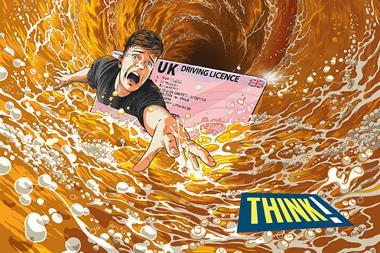
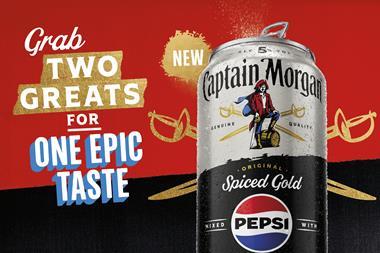
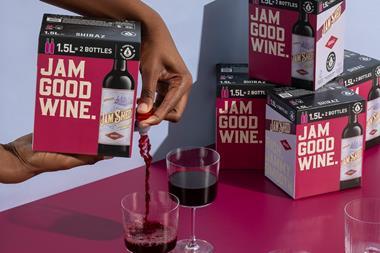
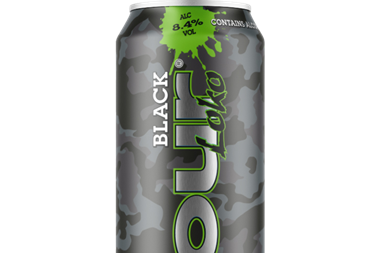
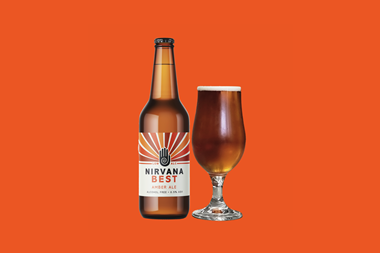
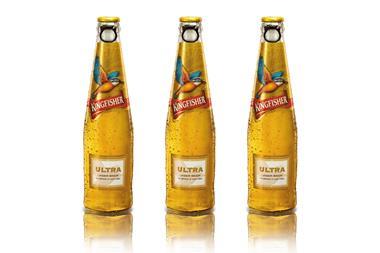
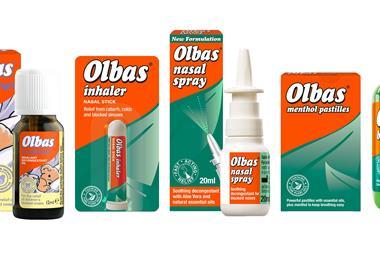
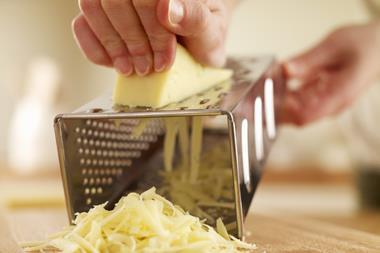



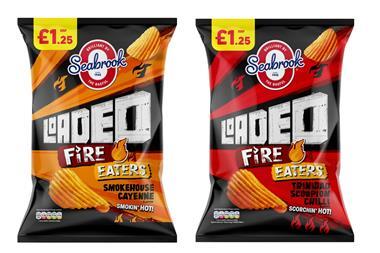
No comments yet